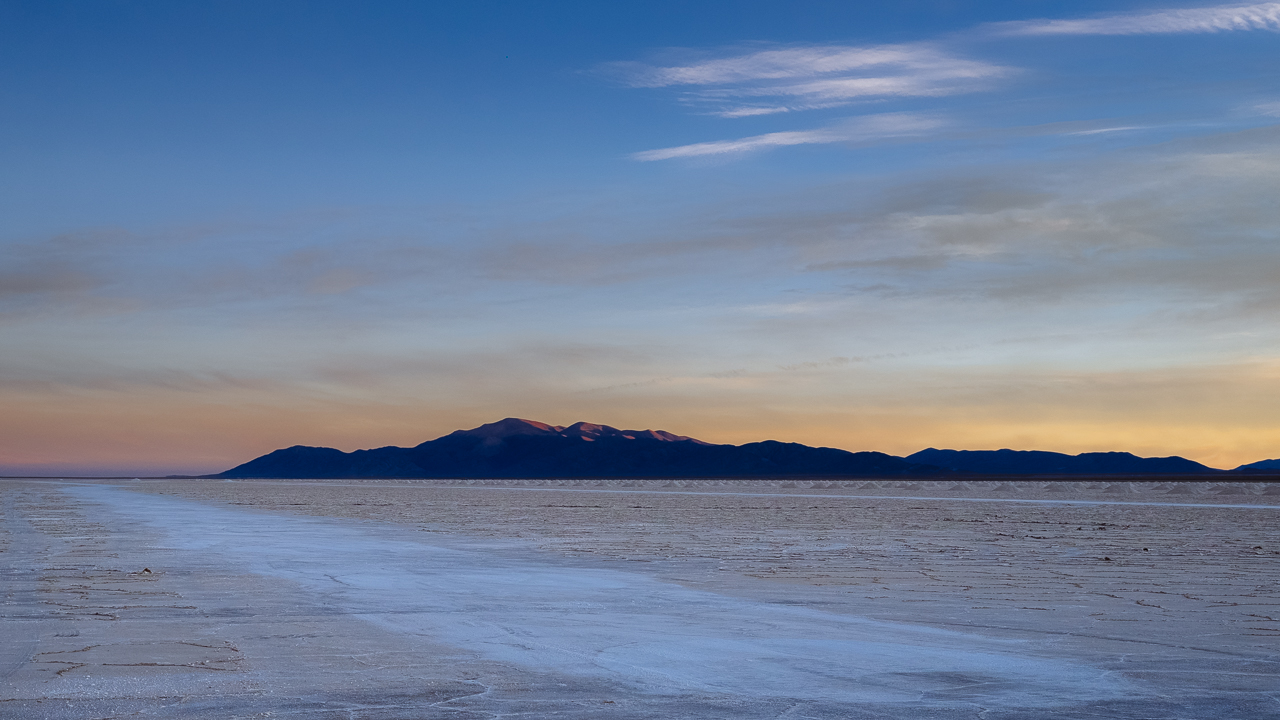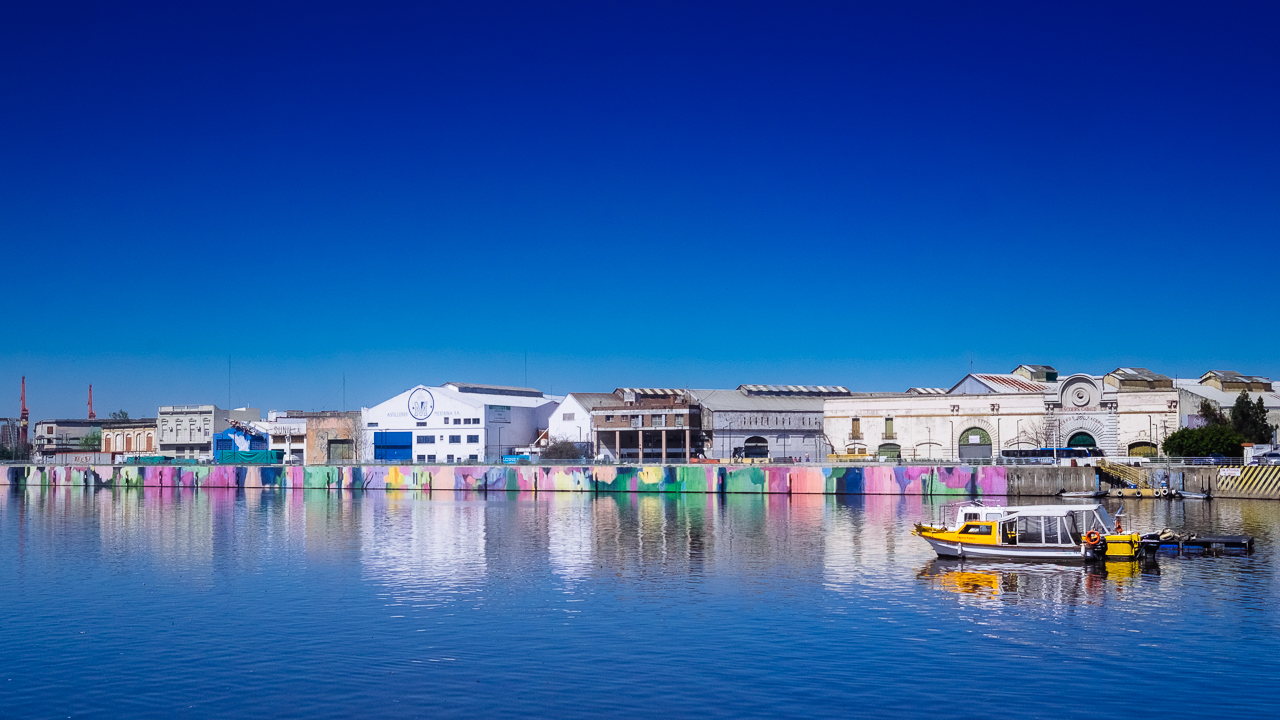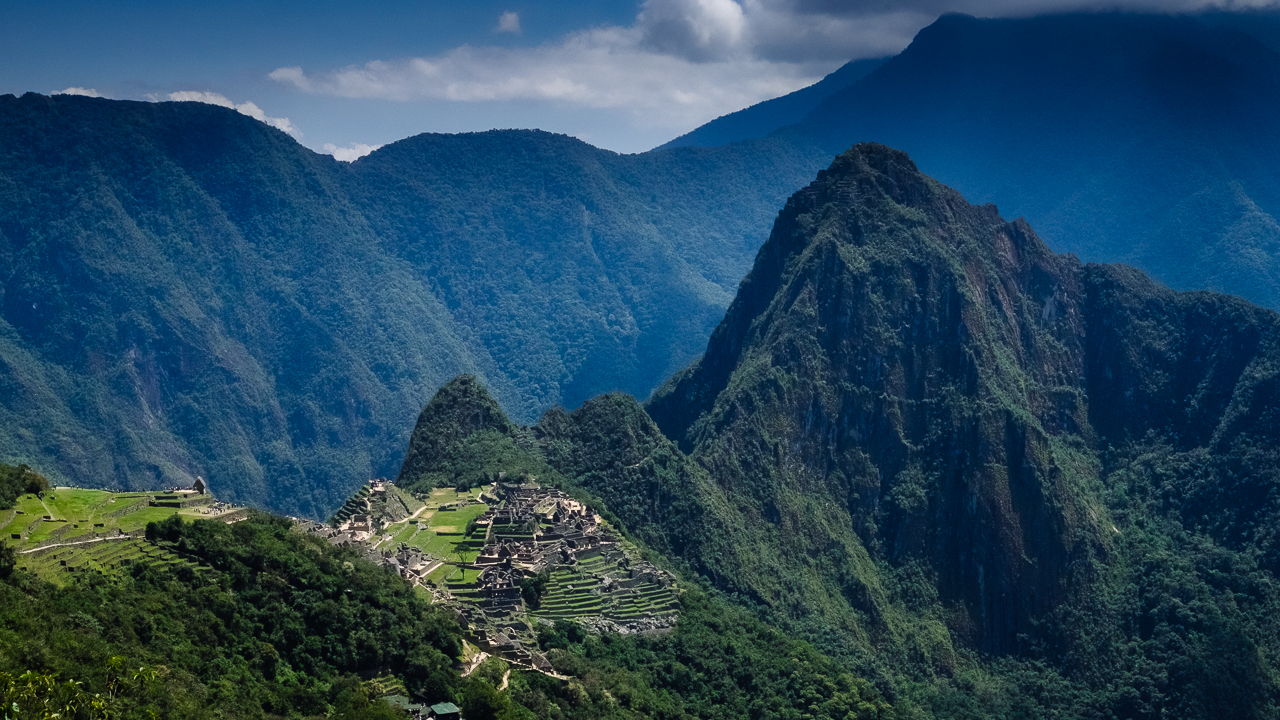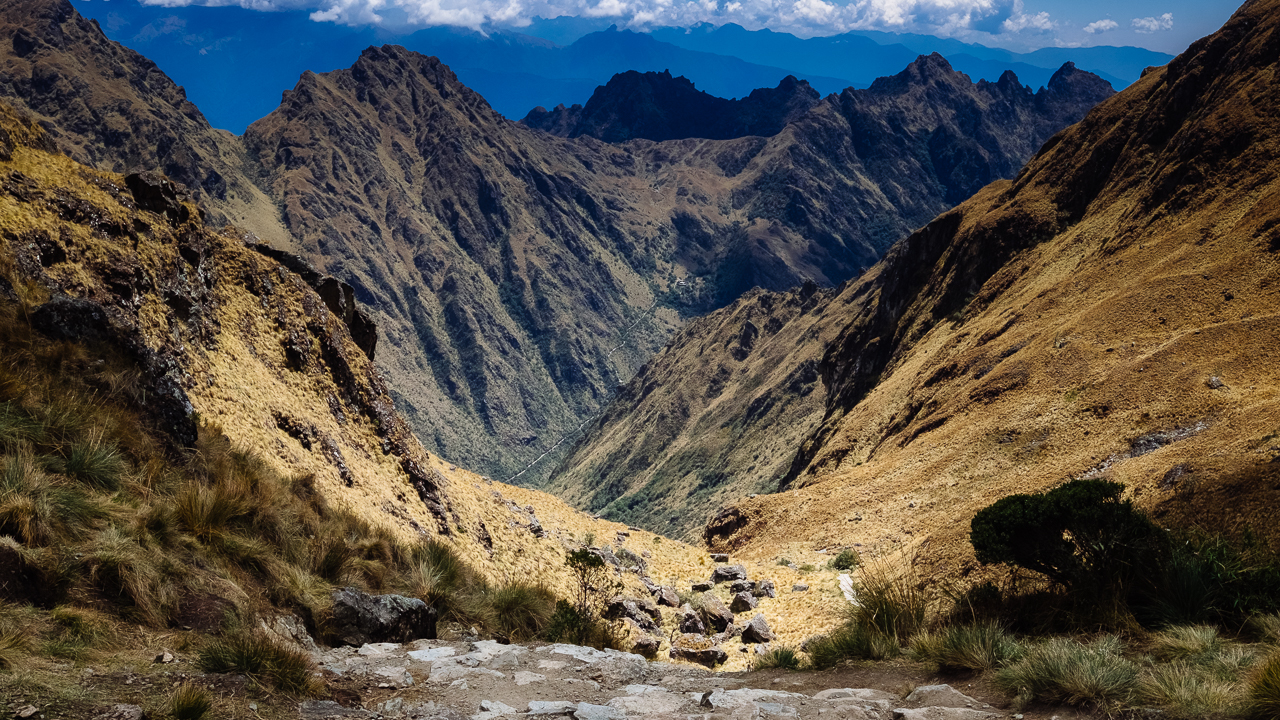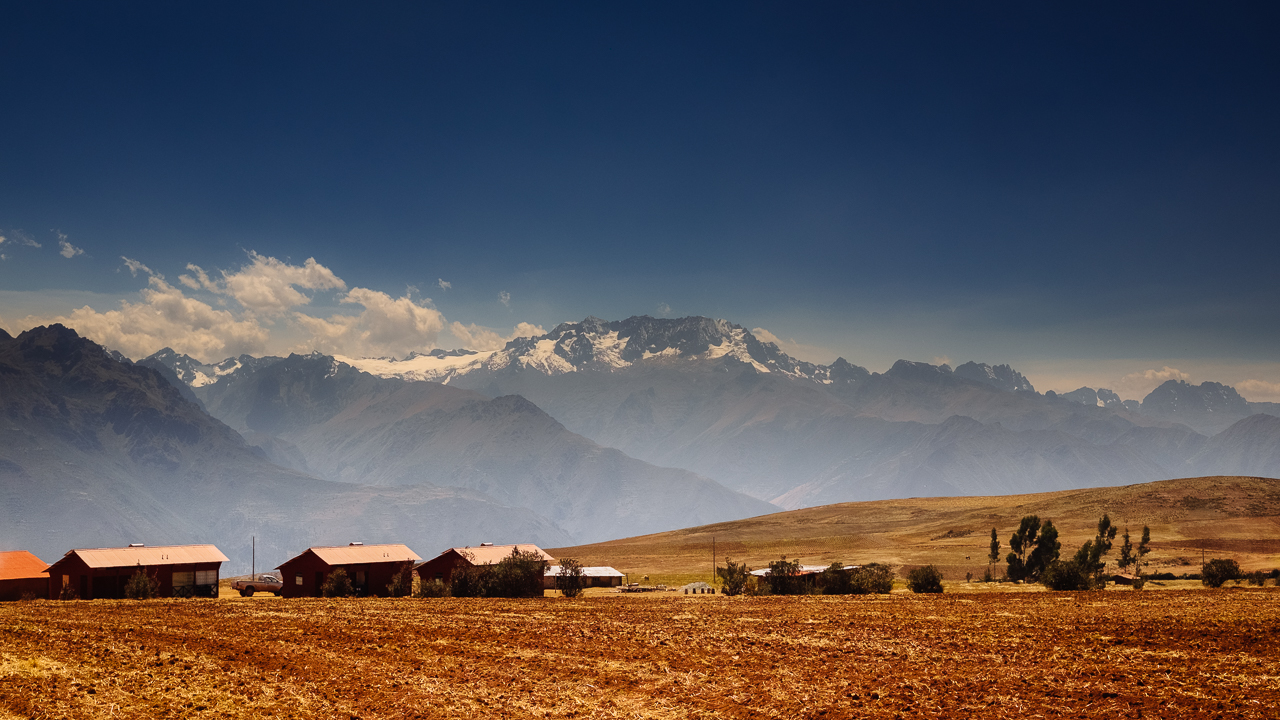Hi !
Located in the southernmost part of the world before reaching Antarctica, la Tierra del Fuego, a.k.a. The End of the World, is a land of adventure and cold wet windy weather. Here boats sink, people live in eternal winters, king crab is the best food and the nature rules ! It is also a place where the natives lived almost naked, using fires to keep warm, thus giving the name the place when the first sailors passed by and saw these fire from their boats.
As you drive from Puerto Natales (or Punta Arenas) to Tierra del Fuego, first comes the realisation of all the shipwrecks that built the myth. If most ships are now decomposing on the bottom of the oceans, seas and channels, so are forever part of the littoral. Reaching the ferry later made it clear that the strong currents are not for beginners.

The southern part of the Tierra del Fuego is where the Andes ends. If in Peru the free air freezing zone (or bush line) is above 5000masl, here you only have to climb 700masl to enjoy all year round snow.

If I haven’t enjoyed Ushuaia as much as I should have, according to my traveling partner, the Parque Nacional Tierra del Fuego was a better surprise, the best chance to observe the vibrant green vegetation and a landscape shaped thousands of years ago by glacier.



Now at that point you may be noticing the grey cloudy sky and wonder if there’s any chance to see something more summer like. In short, yes, but only for a few minutes, for the wind will always end up bringing back these clouds.

If I don’t have a lot of positive stuff to say about Ushuaia, I should write that my opinion is not mainstream. Many enjoy the city more than I did. However, something should be said about the king crab, and that I had the best ones there. So if this is something you are looking for, do not avoid Ushuaia.
Enjoy (or not) and stay tuned !

